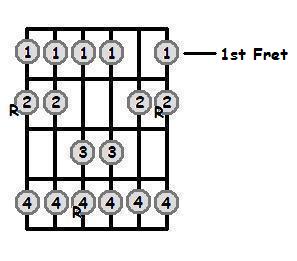

The scale can also be repeating at higher or lower octaves and technically goes on forever. Why don’t we use the E (E flat) major example from the key signature example we used at the beginning. Let’s apply this recipe to build another scale by starting on another note. Notice the pattern of tones and semitones: T, T, S, T, T, T, S. If we use this idea for every note of the scale, we get all 7 chords in the key of G flat major. The G flat Major scale contains 7 notes: Gb, Ab, Bb, Cb, Db, Eb, F G Flat Major Scale You might see the scale written as starting and ending on a Gb and this can give the scale a ‘complete’ sound. Here is the C major scale as it looks on the piano. This is because G flat major has six flats in its key signature.Įach chord is also called a triad and consists of the root note, the 3rd above and the 5th above (in the scale). and G flat major scale (G major) To finish this article we are going to see the accidentals of this musical scale. Notice that we have a Bb, Eb, Ab, Db, Gb, Cb in all the chords with these notes. Thus, if we were looking for the fourth note in the harmonic scale of G major, it would be C (because it occupies the 4th position), its fifth note would be D (because it occupies the 5th position). Below you can see the G flat major scale and then the chords made from each note. As with all keys, we can create chords on each note of the G flat major scale.


 0 kommentar(er)
0 kommentar(er)
